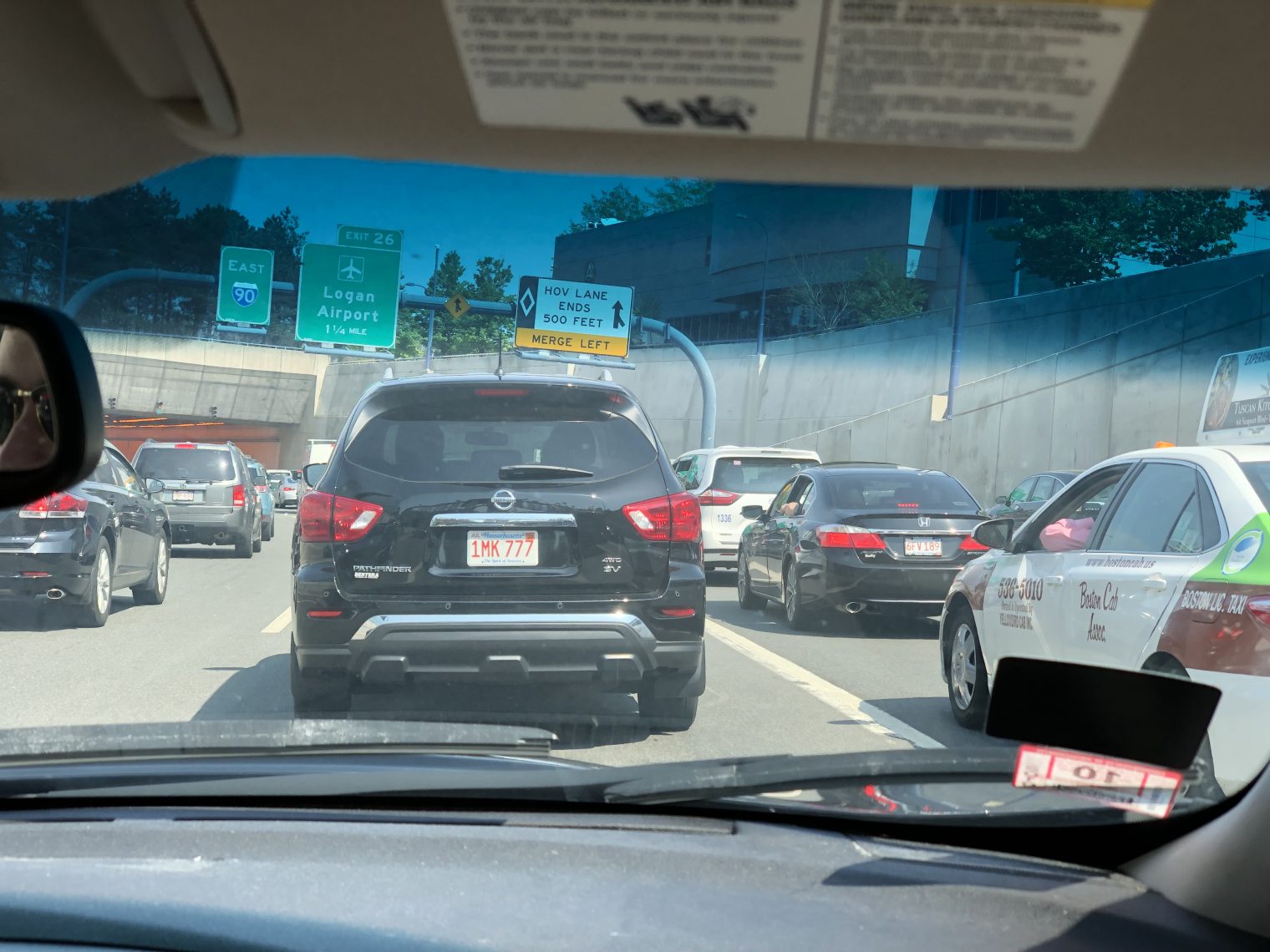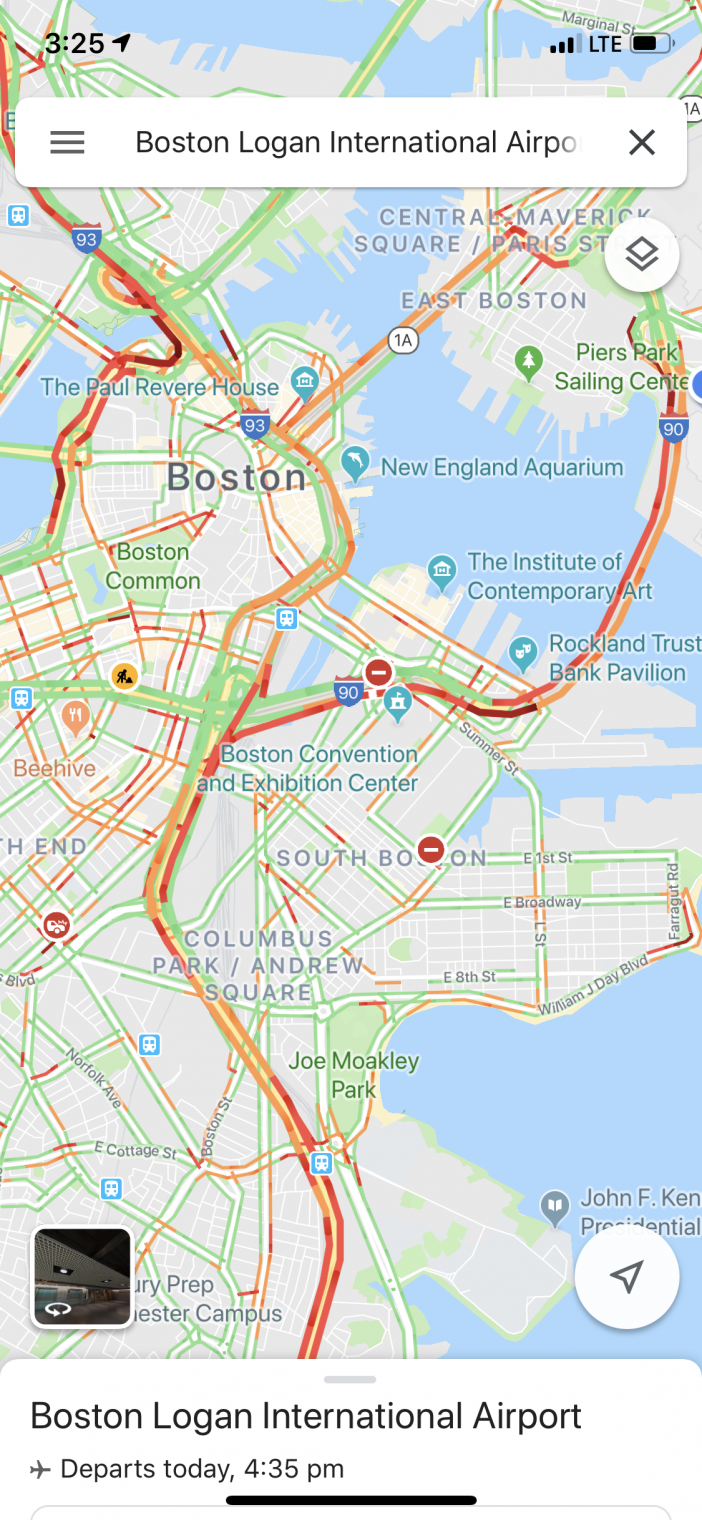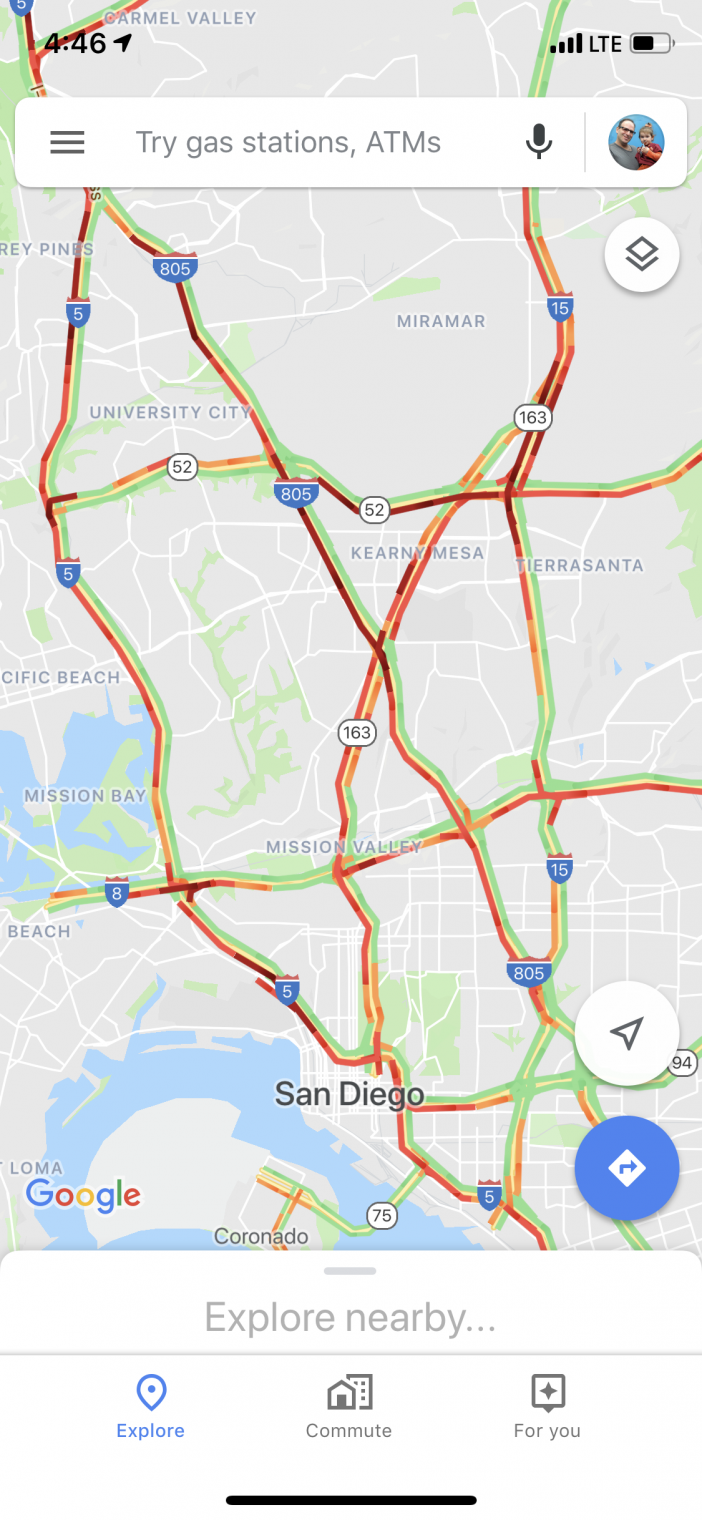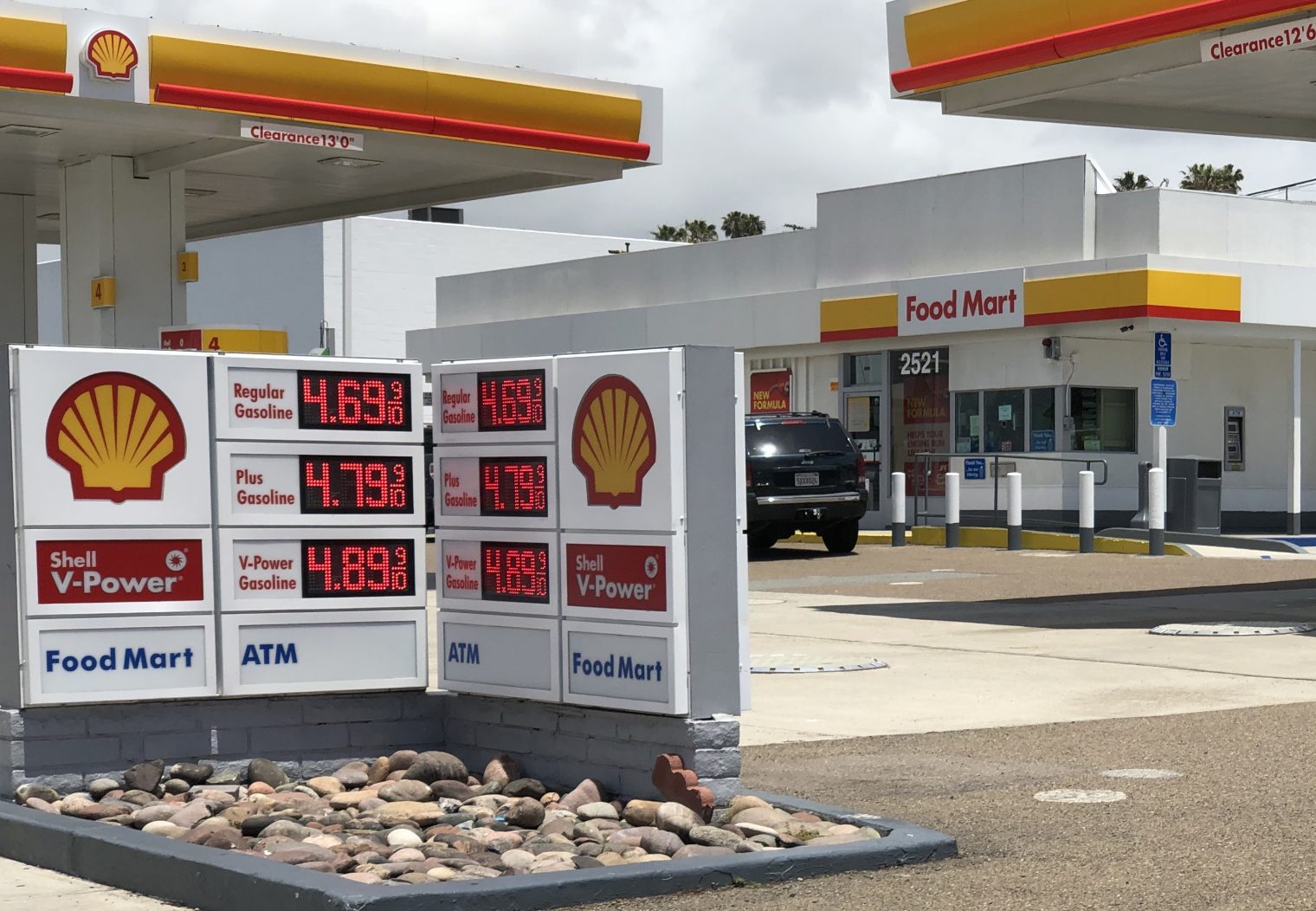A recent Sunday afternoon trip to Boston’s Logan Airport:
There was plenty of time to chat with the Uber driver:
He was a 24-year-old U Mass Lowell graduate with a business degree and he’d figured out that revenue was $20-25 per hour before car expenses. He had a day job. Why also drive Uber?
Everyone my age that I know is living for the weekend. They’re on autopilot Monday through Friday and miserable. Even the computer science graduates who did everything right and are working for Raytheon are living paycheck to paycheck.
He volunteered that most of these folks should not be broke. They were spending on Starbucks and other unnecessary luxuries in his opinion. He subsists primarily on Soylent and says a week’s nutrition costs less than one meal out in a city restaurant. The Uber project was partly insurance against an uncertain W-2 market: “Being a white male in corporate America is career suicide.”
The next opportunity to learn from a young person came at the Intercontinental Hotel at the Minneapolis Airport (to make a long story short, I now know that it takes Americans 2.4 hours to perform a Chinese fire drill from a broken Airbus to a working one and this is incompatible with making one’s connection to San Diego). A ripped tatooed guy at the gym offered the workout tip of immediately switching to progressively lighter weights after doing max reps on heavier. Repeat until down to 5 lbs. dumbbells. He volunteered that he was a former meth head. Why the gym passion? “I’m a loser so I have to look good.”
All but two of the Uber drivers whom I met in San Diego were immigrants, but not from Mexico as one might expect given the proximity of the border. Drivers were from Afghanistan, Brazil, Eritrea, Ethiopia, etc. The native-born drivers believed that their hourly earnings would be approximately double if not for the inexhaustible supply of immigrants.
A San Diego weekday afternoon, described by the driver as featuring lighter-than-usual traffic:
And they can do this with gasoline that costs less than $5 per gallon:




Uber is like hitchhiking with your phone. Why use it over a regular taxi?
> They were spending on Starbucks and other unnecessary luxuries in his opinion.
This is what concerns me the most about today’s generation. In my opinion, this is far more dangerous than being a drug addict, alcoholic, or simply lazy. I have came across a lot of graduates who live pay-check-to paycheck not because their pay is not enough, but because they have no clue how to save and live within their means.
This spendthrift stereotype is not born out in any published analyses. Deloitte put one out recently. Wages are lower and rents are higher. That’s it. Otherwise younger millienial/gen-z spending patterns are no different from X-ers/boomers.
Given the cost of new construction in the US, the gridlocked roads, and the rising population, I do think it is reasonable to assume that owners of urban real estate will capture most of the benefits of economic growth.
@tygertgr,
> Wages are lower and rents are higher. That’s it. Otherwise younger millienial/gen-z spending patterns are no different from X-ers/boomers.
Wages are not lower, it depends on how you look at it. Work hours used to be longer and work conditions much harder. And I don’t think rent is higher now, it’s just that today’s generation want to live on their own and want to live in a modern and expansive place. Thus, it is a demand problem that today’s generation feeding into it.
Even if none of the above matters, it remains that today’s generation are more interested in the moment than the long run and they will easily spend more.
> Uber is like hitchhiking with your phone. Why use it over a regular taxi?
Unless things have changed since I gave up on taxis — and maybe they have! — the taxi experience is absolutely dreadful by comparison.
You ring a number, and maybe a taxi eventually shows up, after an unknown period of time. You have no way of knowing when, or indeed if, they’ll turn up.
You probably can’t pay by credit card, either because they want a 20% “convenience fee”, or because the payment wingwong is broken, or because they have a kachunk-kachunk thing from 1978, which they’ll retrieve as they roll their eyes at your, and then proceed to spend five minutes painstakingly filling out an illegible paper receipt.
Maybe some taxi companies have an app with gps tracking and built-in payment now, but it’s still useless to me unless they’ve joined forces on a single platform. I’m not going to download, make an account, and provide payment details to a new app for every city I travel to.
You’ll probably pay more in the taxi; someone has to finance that medallion, and they aren’t cheap! (Or at least they weren’t when they were purchased. Probably less so now, but someone’s still paying off that note.) I’m also still shocked by the degree to which Uber/Lyft seem to be subsidising rides, presumably to gain market share. I’ll gladly participate in their race to the bottom. It’s almost like a functioning market economy!
When something goes wrong — when the driver takes a ridiculous route to run up the meter, or you forget something in the car, or they’re talking and texting the whole time instead of driving — good luck getting the taxi company to do anything about it.
I’ve taken hundreds of (mostly) ubers and (occasionally now) lyfts, all around the world. I’ve had probably 3 bad experiences, and in each case, uber swiftly refunded it, no questions asked. It’s not perfect, and probably no service involving that many people ever can be, but it’s definitely been no worse a hit rate than taxis.
These are all first-world problems, no question. But given the option to know when my car will arrive, pay less and automatically, get an email receipt with the GPS track of the route we took, and get good support when things go wrong… well, it’s not a hard choice for me.
Uber is obviously way better than a taxi, which is why the taxi industry has tried so hard to restrict it. I asked a London taxi driver about Uber and his view was that a woman has close to a 100% chance of getting raped if she takes an Uber. My last Uber driver was an engineer from tadjikistan. He had won the green card lottery and needed some sort of US certification to get a job in his field so he was making ends meet till then by driving.
San Diego is Qualcomm Diego, nowadays. Fortunately, $5 gas doesn’t count as inflation because it’s not in Nebraska. Must be a court case for 1 of their acquired patents. It was always painful to get from the airport to the world headquarters of wireless chips because of that 180′ turn around the mountains.
Kevin Erdmann has a post about how Uber & Lyft drivers scam people at National airport by conspiring to create surge charges https://www.idiosyncraticwhisk.com/2019/05/uber-and-wages-in-free-economy.html
The problem is and will be that when people (drivers) perceive they aren’t compensated fairly, then they resort to gaming tactics to help themselves. I read an article about Uber and Lyft drivers are intentionally staying out of areas like downtown until the peak charges go into effect, then they decide to show up when the rates double. Sadly, one driver was telling me that it’s about a $2 a ride difference for them as Uber and Lyft double or triple the charge. (Like the difference between $35 and $99 for a trip between downtown Detroit and the Airport). In the end, Uber is a commodity that I believe will be replaced by another company who pays drivers better, and pays executives less, and probably doesn’t fund their own VC using the company. (Researching self driving cars, etc.)
I’ve never liked the term “Chinese fire drill”. Maybe you could have used the term “Trump white house fire drill”. I understand that they have those daily.
Welcome to San Diego!
Even the computer science graduates who did everything right and are working for Raytheon are living paycheck to paycheck.
I graduated in 1985 with a Computer Science degree from a Boston-area school, and got a job w/ Raytheon as a “Member of the Technical Staff” at $27,300 and thought I was rich!
“I don’t think rent is higher now”
“I don’t think” would be a quicker route to your erroneous point.